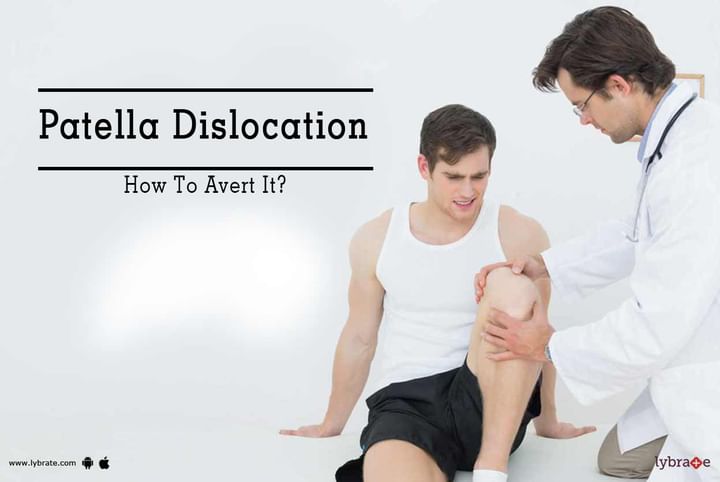Patella Dislocation - How To Avert It?
Have you ever experienced a sudden unbearable pain inside the kneecap? If yes, this could be a case of Patella dislocation. The condition can occur while doing any kind of physical activity, and you are most likely to have a swell in the joint, in which case medical attention is required. Read on to know more about this.
What is Patella dislocation and what is the cause?
The kneecap, also known as the patella lies in front of our knee joint. The patella glides up and down a groove known as the patellofemoral groove at the front of the femur or the thigh bone as the knee bends. The kneecap or patella is attached to the quadriceps muscle. It helps to increase the leverage from this group of muscle while straightening the knee. Patella dislocation happens when it is moved to the outside of the patellofemoral groove resulting in severe pain and disability if not treated properly. It can occur due to weak or inflamed joints, and genetic factors contribute to causing the issue as well.
What is the Treatment?
There are two types of treatment which are available for patella dislocation which is surgery and conservative treatment. Surgery can disrupt the normal growth of structures in the knee. So, doctors generally do not recommend knee surgeries for young people who are still in the growing phase. There are many other complications of surgery such as reaction anesthesia or infections.
Hence, conservative treatment is preferred which is a combination of physical therapy and rehabilitation. It reduces the chances of getting another knee injury and other knee related problems like osteoarthritis and patellofemoral pain syndrome. Normally RICE principles are applied to the injured knee, i.e., rest, ice, compression, and elevation. Doctors recommend applying ice to the injured knee for a duration of 10 to 15 minutes every hour unless the symptoms and swelling reduces.
Who is at risk and how to prevent it?
Those sports in which the foot is planted on the ground and body direction changes like basketball or soccer, the chances of the sportsperson experiencing this problem is high. An athlete who has suffered from patella dislocation earlier is at risk as well. For such cases, a knee support is to be used which can protect the joint. In the acute phase, it is needed to protect the patellofemoral joint which includes reducing loads by activity modification, postural correction, and shoe changes. Also, barefoot running can reduce patellofemoral joint stress.
This is a common injury which typically takes around six weeks to heal, and with care, there would be no complications. Hence the key is to be aware and avail medical help on time.



+1.svg)
